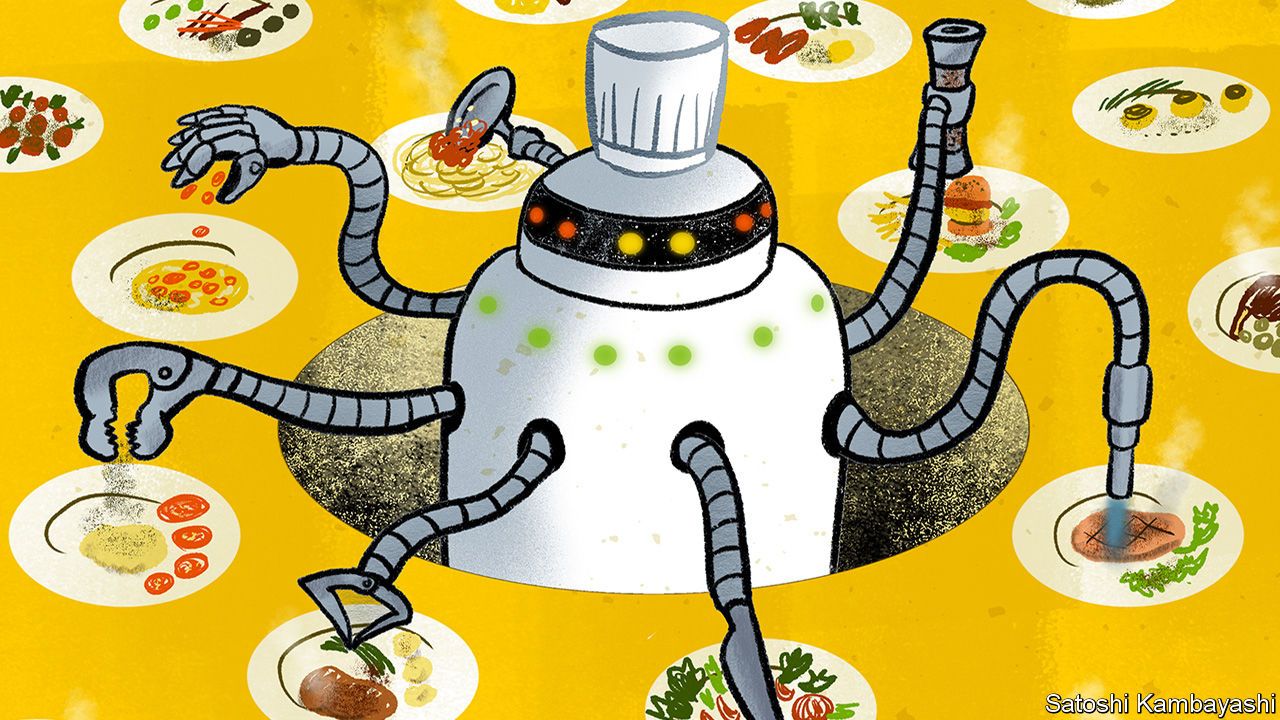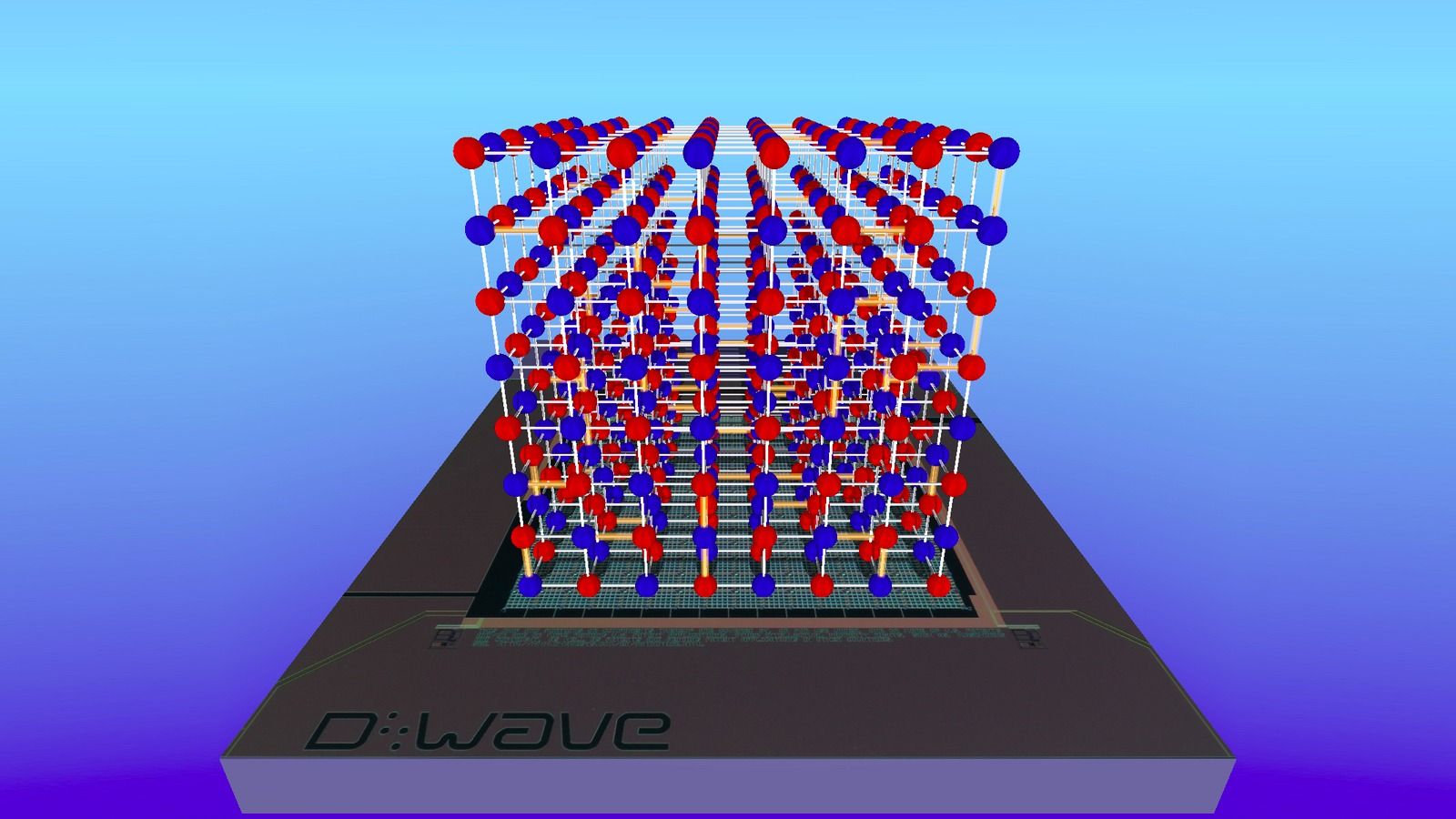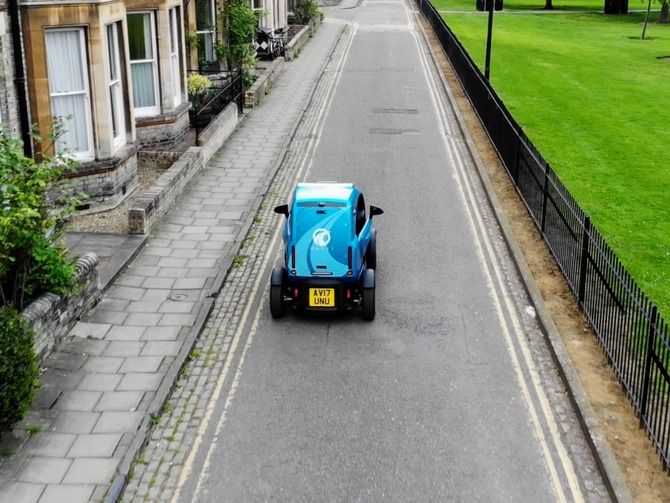A new AI algorithm can create the most advanced deepfakes yet, complete with emotions and gestures, after just a few minutes of training.
Category: robotics/AI – Page 2,432

Robot chefs are popping up in restaurants around the world
“Doughbots” in California speed up stretching pizza dough from 45 seconds to just nine.
CREATOR, a new hamburger joint in San Francisco, claims to deliver a burger worth $18 for $6—in other words, to provide the quality associated with posh restaurants at a fast-food price. The substance behind this claim is that its chef-de-cuisine is a robot.
Until recently, catering robots have been gimmicks. “Flippy”, a robotic arm that flipped burgers for the entertainment of customers at CaliBurger in Pasadena, near Los Angeles, earlier this year is a prime example. But Flippy could perform only one task. Creator’s bot automates the whole process of preparing a burger. And it is not alone. Other robot chefs that can prepare entire meals are working, or soon will be, in kitchens in other parts of America, and in China and Britain.
Get our daily newsletter
Upgrade your inbox and get our Daily Dispatch and Editor’s Picks.


Artificial Intelligence And Prosthetics Join Forces To Create New Generation Bionic Hand
“Our main goal is to let patients control them as naturally as though they were their biological limbs,” says Professor Dario Farina from Imperial College.
A team of scientists from Imperial College London and the University of Göttingen have teamed up to create a ‘next generation’ bionic hand. This bionic hand is special because it uses artificial intelligence to improve its functionality.

All Ears: Always-On Listening Devices Could Soon Be Everywhere
Kind of think it would be a dumb idea to try and make every separate device smart. Focus on an AI assistant for the house that can manage all of the devices.
Tiny microphones are moving us toward a world in which all gadgets can respond to a voice command. For those worried about privacy: meet a $200 trash can.
How Nantes team’s 3D printing may alter shape of homes to come
For some months now, a 3D printed house in Nantes has drawn lots of attention, not just because a printer was involved but also because it went up from start to finish so quickly (54 hours to print, then add some more time for the windows and roof). Interesting Engineering said it took some more time to add the roof, windows and doors.
A robot printer was used to print layers from the floor upwards to form the walls, and videos show a beautiful result of five rooms with rounded walls.
Now comes the latest news of the world’s first family to move into a 3D-printed home—that is now home for the Ramdani family, consisting of the two parents and their 3 children, to enjoy life in the 4-bedroom house in Nantes, France.

New Quantum Computer Milestone Would Make Richard Feynman Very Happy
A commercially available “quantum computer” has been on the market since 2011, but it’s controversial. The D-Wave machine is nothing like other quantum computers, and until recently, scientists have doubted that it was even truly quantum at all. But the company has released an important new result, one that in part realizes Richard Feynman’s initial dreams for a quantum computer.
Scientists from D-Wave announced they have simulated a large quantum mechanical system with their 2000Q machine—essentially a cube of connected bar magnets. The D-Wave can’t take on the futuristic, mostly non-physics-related goals that many people have for quantum computers, such as finding solutions in medicine, cybersecurity, and artificial intelligence. Nor does it work the same way as the rest of the competition. But it’s now delivering real physics results. It’s simulating a quantum system.

The AI revolution has spawned a new chips arms race
There’s no x86 in the AI chip market yet—” People see a gold rush; there’s no doubt.”
A lot has changed since 1918. But whether it’s a literal (like the City of London School athletics’ U12 event) or figurative (AI chip development) race, participants still very much want to win.
For years, the semiconductor world seemed to have settled into a quiet balance: Intel vanquished virtually all of the RISC processors in the server world, save IBM’s POWER line. Elsewhere AMD had self-destructed, making it pretty much an x86 world. And Nvidia, a late starter in the GPU space, previously mowed down all of it many competitors in the 1990s. Suddenly only ATI, now a part of AMD, remained. It boasted just half of Nvidia’s prior market share.


How to predict the side effects of millions of drug combinations
An example graph of polypharmacy side effects derived from genomic and patient population data, protein–protein interactions, drug–protein targets, and drug–drug interactions encoded by 964 different polypharmacy side effects. The graph representation is used to develop Decagon. (credit: Marinka Zitnik et al./Bioinformatics)
Millions of people take up to five or more medications a day, but doctors have no idea what side effects might arise from adding another drug.*
Now, Stanford University computer scientists have developed a deep-learning system (a kind of AI modeled after the brain) called Decagon** that could help doctors make better decisions about which drugs to prescribe. It could also help researchers find better combinations of drugs to treat complex diseases.